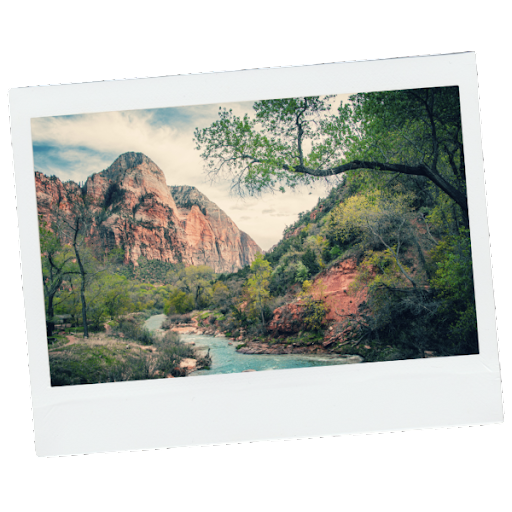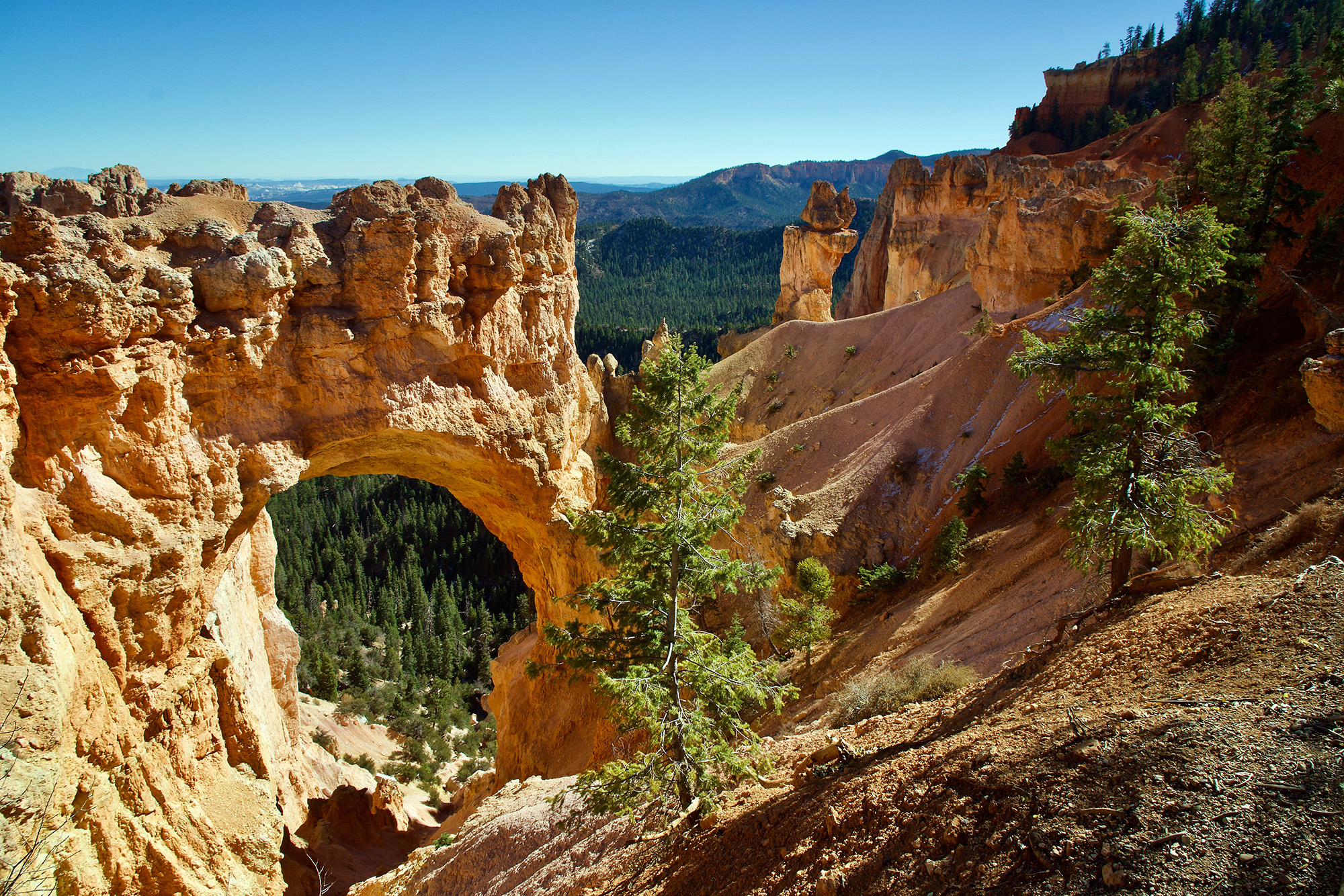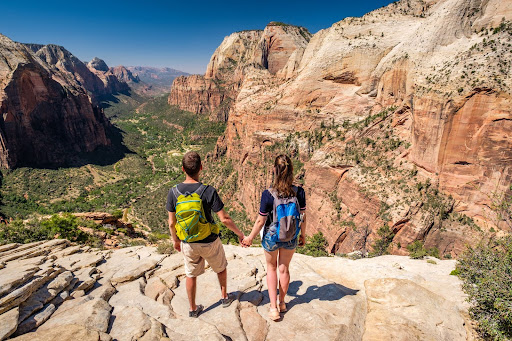If you have visited or are planning to visit Zion National Park, you have probably wondered how the towering sandstone walls and the intricate slot canyons formed. Millions of years have influenced the geological identity of Zion National Park. Lucky for us, the Mormon settlers in the 1800s found the canyon’s beauty to be just as breathtaking as we see it today and preserved it for the enjoyment of future generations. How did this national park come to be, and why is it imperative to safeguard this unique geography?
Environmental & Geological History
The formation of Zion National Park represents millions of years of erosion. The park is located at the junction of the Colorado Plateau, the Great Basin, and the Mojave Desert. This gives it a variety of unique habitats and geography. Flowing water created most of the slot canyons and natural arches that visitors encounter. Millions of years ago, a shallow sea covered this region of the United States, featuring ponds, streams, rivers, and a dry shore area. As the climate changed and time passed, geological forces lifted the region alongside the formation of the Colorado Plateau. This caused the region to evolve into the arid climate we experience today.
Human Exploration & Settlement
Native American families were among the first humans to encounter Zion National Park. Specifically, Anasazi, also known as the Basketmaker Ancestral Puebloans, began to settle and farm the region. Throughout the 11th and 12th centuries, this area experienced extensive droughts, which caused catastrophic flooding making the area uninhabitable. This drove the current settlers in the area to relocate.
Following the Native American settlers, the first people of European descent, Padre Silvestre Velez de Escalante, began exploring Southern Utah in 1776. In 1825, under contract with the American Fur Company, trapper Jedediah Smith explored the area. Soon after him, Mormon Pioneers came to the area and began settling in the area known today as Springdale. Isaac Behunin, one of the first families to relocate to this region, farmed corn, tobacco, and fruit trees near present-day Zion Lodge.
Zion National Park was first named Mukuntuweap National Monument, referring to a Paiute name. In 1918, the park was renamed Zion National Monument after a term from the bible coined by Mormon settlers. Later, the monument was dedicated as a National Park by President Woodrow Wilson on November 19, 1919.
For years, the park has remained untouched by development and modernization, safeguarding Zion Canyon’s awe-inspiring views and unique flora and fauna diversity. However, the nearby city of Springdale has undergone expansion to accommodate the extraordinary tourism that has arisen in recent years.
Make the most of exploring Zion National Park by booking your stay at Zion Canyon Campground, LaQuinta Springdale, or Fairfield Inn Virgin. See you soon!





